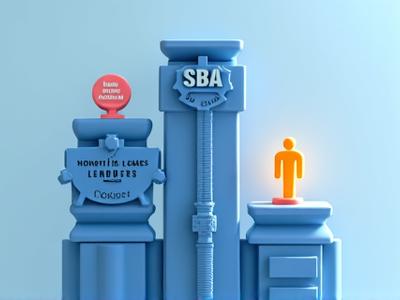Lydia Chen, Founder of 'The Community Table' Catering
Lydia, an immigrant entrepreneur with limited credit history, needed to purchase commercial kitchen equipment. Traditional banks declined her application. She secured a $15,000 CDFI microloan with 8% interest. The accompanying business planning course helped her lock in her first three corporate catering contracts. Two years later, The Community Table employs five full-time staff and reported 250% revenue growth, demonstrating reliable loan repayment.



